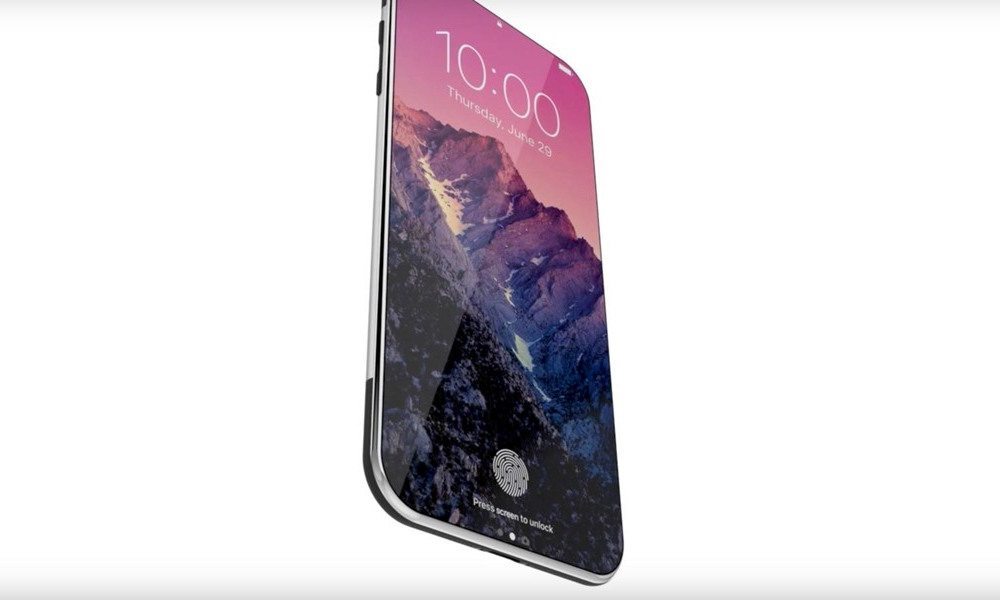$1,000 iPhone 8 with No Touch ID? Analyst Says Blame Samsung

Toggle Dark Mode
Samsung’s monopoly on OLED display production could be contributing to the iPhone 8’s expected high price, and it may be one reason why Apple has decided to drop Touch ID for the premium handset.
The Korean-based tech giant is currently one of the only manufacturers in the world that can mass produce enough OLED display panels to meet Apple’s demands. Because of this, Samsung is able to charge a premium on OLED panels, which could contribute to the $1,000 retail price the iPhone 8 is expected to carry. In some cases, OLED components could cost twice as much as LCD displays, renowned Apple analyst Ming-Chi Kuo of KGI Securities wrote in a research note to investors on Wednesday.
The new OLED iPhone display structure is expected to feature a flexible OLED panel, an OLED touch panel, a 3D Touch module, and an OLED panel module. Samsung is tapped to provide three of these four components, with the only exception being the 3D Touch module. Kuo estimated that the total unit cost for each OLED structure could be around $120 to $130, a pretty significant upcharge to the $45 to $55 unit cost of LCD panels — which have been used in every iPhone thus far.
The higher component premium gives Apple much more of a reason to diversify its supply chain with a second OLED supplier. In fact, in recent years, Apple has been pushing LG to compete with Samsung in the OLED market space. While Samsung has, presumably, been able to fill Apple’s orders, a second OLED manufacturer could also help alleviate some of the critical supply shortages that were reported this year.
Why Won’t the iPhone 8 Have Touch ID?
In addition to the OLED supply, Kuo wrote about the nixing of Touch ID. Specifically, Kuo believes that the pressure sensitive 3D Touch module — the only part of the display stack that Samsung isn’t involved with — is one reason why Apple may have decided to do away with Touch ID on its premium flagship. According to Kuo, the 3D Touch module may have provided “unfavorable” scan-through performance for an display-embedded fingerprint sensor.
Notably, Kuo stopped short of saying whether Touch ID has definitely been removed. While it is certainly still possible for Apple to include a fingerprint sensor somewhere on the iPhone 8, recent reports suggest that the premium handset will rely on advanced facial recognition technology instead.
In addition to that Face ID platform and an edge-to-edge OLED display, the iPhone 8 (which is just as likely to be called the iPhone Edition) is expected to revolutionize Apple’s handset. Other new features include gesture-based controls, inductive wireless charging, advanced rear-facing lasers for AR capabilities, and a vertical dual-lens camera suite.
The iPhone 8, and several other devices, are expected to be unveiled during Apple’s fall announcement event on Tuesday, Sept. 12. iDrop News will be providing live, in-depth coverage of the event, so check back here for the latest news, updates and announcements.
[The information provided in this article has NOT been confirmed by Apple and may be speculation. Provided details may not be factual. Take all rumors, tech or otherwise, with a grain of salt.]






